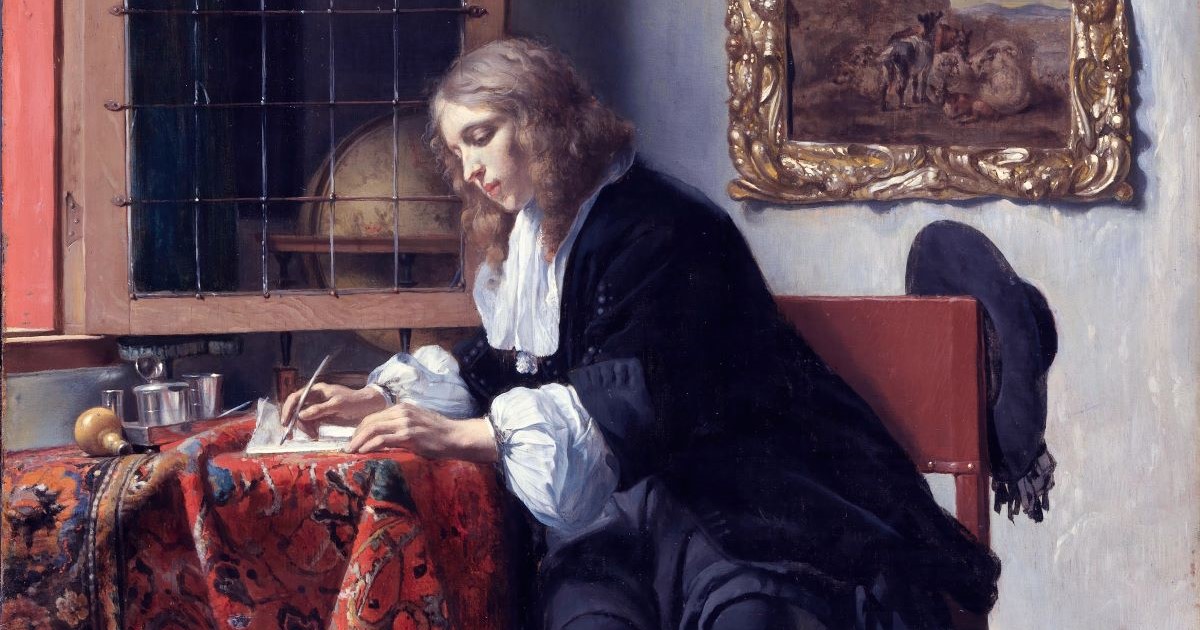Cette publication est également disponible en :
Français
Myths, legends, misleading revelations, distorted reality: the perfumery industry has always tended to shroud itself in mystery, fostering a cult of secrecy and sometimes even disseminating lies. Yes, it sparks dreams, but they are often totally disconnected from reality. Its discourse ensures that the public’s terrible lack of olfactory knowledge and education persists. Has the time finally come to shift the dial? An overview of the different issues involved and potential ways of ushering in a more accurate and honest discourse.
Although attention is often paid to the silence around the sense of smell, which has long been left on the margins of intellectual spheres, there is less mention of the perfumery industry’s current public messaging. When we examine this messaging closely, we can but deplore the repetitive, fragmentary and therefore incomplete approach, systematically centred on natural raw materials, purportedly the only ones to lay the groundwork for describing olfactory nuances to the detriment of all the rest, even though most of us know nothing, or very little, of these ingredients. Synthetic raw materials, which feature heavily in the formulas of blockbuster fragrances, are too often treated as the pariahs of press kits, despite the efforts made over recent years to ensure they are developed in a more sustainable way. While it is true that talking about smells remains difficult in our societies, something we can put down to a lack of education, we have also seen proof that it can be done in a thousand different ways, accessibility and authentically.
And although perfumers do now feature more regularly in the press or on social media, sadly, they still tend to disappear behind the brand and its formulaic message, afforded little opportunity to talk about the creation and their approach in a way that is personal, practical and instructive. Perfumers, or the artistic directors who sometimes claim to play that role, are also seemingly the only creators involved, overshadowing everyone else in the production chain, from the growers to the evaluators who toil in the shadows, never appearing in the credits anywhere.
There is still a long way to go before perfumery discourse reflects the realities of the industry, before olfactory creations become more transparent so that everyone can understand them, and messaging is more informative, less misleading, less shackled to marketing, closer to the creative intention and process.
Nevertheless, we truly hope that another way is possible. That our vocabulary is broad enough to conjure images that are more nuanced, richer, more worthy of interest than rose petals and photoshopped women cooing with desire. That our sense of smell can serve as a precision tool for observing, experiencing and understanding the world around us, and not a tool just defective enough to enrich an industry that too often sells us pigs’ ears to make silk purses. And that it even becomes a driving force in reshaping our relationship to the world, by shifting how we relate to the things that surround us, as demonstrated by certain artists who are exploring and incorporating it in their work.
This report invites you on a varied and eclectic journey round the different issues raised by the messaging applied to perfume and, more widely, the sense of smell – as well as the possible solutions for improving it.
Main visual: Gabriel Metsu, Man Writing a Letter (detail), 1665, National Gallery of Ireland.








Comments